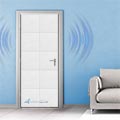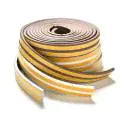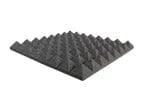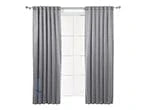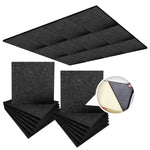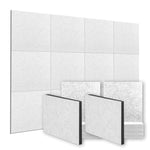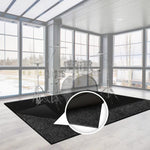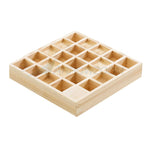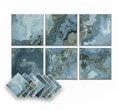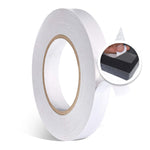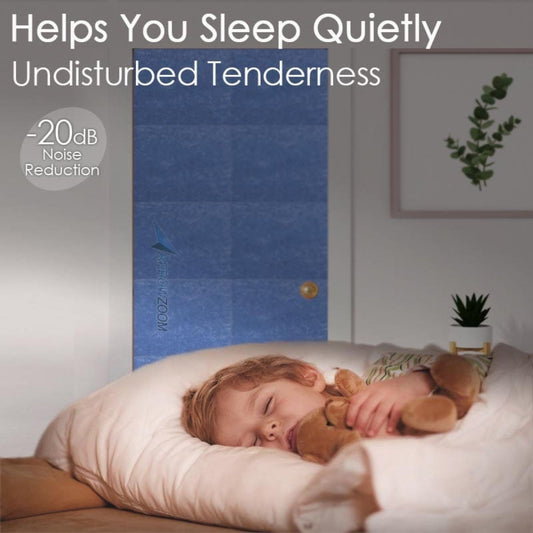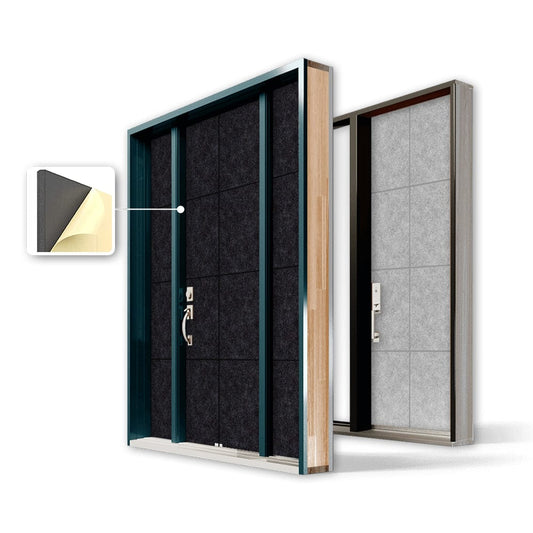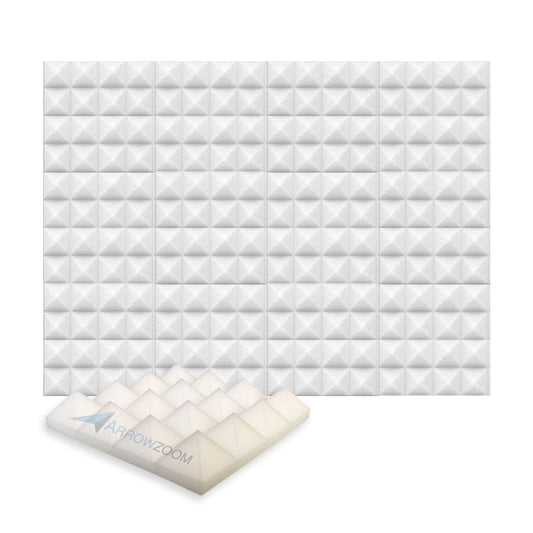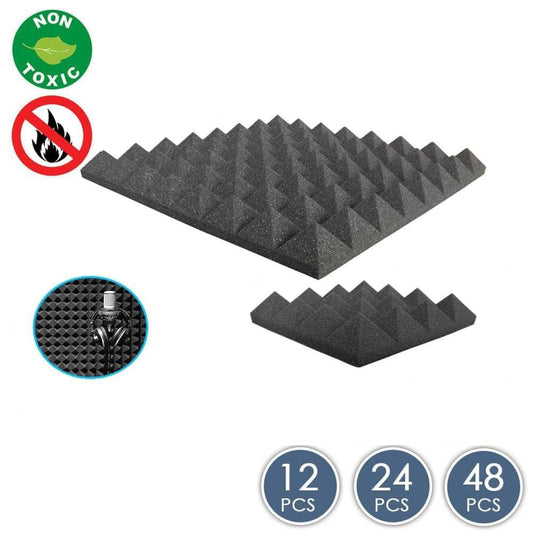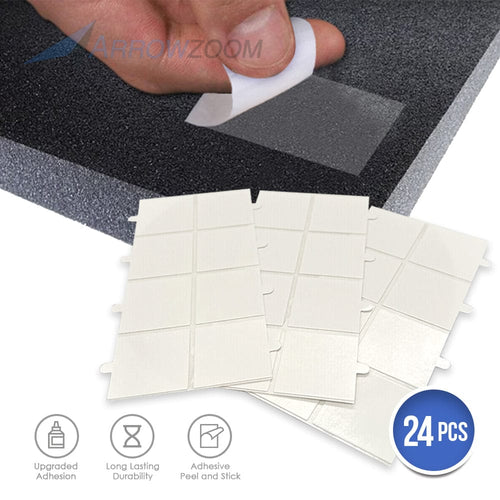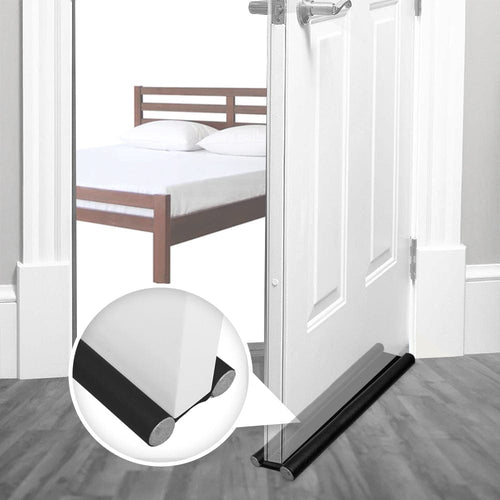
When it comes to creating an optimal sound environment, whether you're a musician, a podcaster, a content creator, or simply an audiophile, the significance of acoustic treatment cannot be overstated. Enter wedge acoustic foam – a highly versatile and effective solution that has gained immense popularity in recent years for its ability to transform any space into an acoustically pleasing haven. In this blog post, we'll delve into the world of wedge acoustic foam, exploring its features, benefits, and how it can revolutionize your sound space.
Understanding Wedge Acoustic Foam
Wedge acoustic foam, often referred to as wedge panels or wedge tiles, is a type of sound-absorbing material used to treat acoustic spaces. Its distinctive design comprises a series of alternating peaks and troughs, resembling a pattern of connected triangles or wedges. This geometric arrangement is purposefully designed to enhance sound absorption and diffusion, making it an ideal solution for managing sound reflections, echoes, and reverberations within a room.
Key Features of Wedge Acoustic Foam
Optimized Sound Absorption: The wedge shape of the foam panels effectively captures and absorbs sound waves across a range of frequencies. This aids in reducing unwanted noise and echoes, leading to improved sound clarity and precision.
Broad Frequency Range: Unlike some other acoustic treatments that are more specialized, wedge acoustic foam panels offer a balanced approach to treating a wide spectrum of frequencies. This ensures that both high and low-frequency sounds are properly managed.
Easy Installation: Wedge acoustic foam panels are lightweight and easy to install. They can be affixed to walls, ceilings, and other surfaces using adhesive or mounting hardware. This simplicity makes them an accessible choice for both professionals and DIY enthusiasts.
Aesthetically Pleasing: Beyond its acoustic benefits, wedge acoustic foam adds an element of visual appeal to a space. Available in a variety of colors and designs, it can be tailored to suit your aesthetic preferences.
Improved Sound Recording and Mixing: Musicians, podcasters, and content creators can significantly benefit from using wedge acoustic foam in their recording and mixing spaces. The foam's sound absorption properties help prevent undesirable reflections from affecting the quality of recordings and mixes.
Benefits of Using Wedge Acoustic Foam

Enhanced Sound Clarity: By minimizing reflections and reverberations, wedge acoustic foam helps achieve a more accurate representation of sound. This is particularly important for music production and critical listening environments.
Reduced Noise Distortion: Unwanted echoes and reflections can distort the original sound, affecting its quality. Wedge foam panels mitigate these distortions, resulting in a cleaner and more defined audio experience.
Versatile Applications: Wedge acoustic foam is suitable for a range of settings, including recording studios, home theaters, podcast studios, offices, and even residential spaces where sound quality matters.
Budget-Friendly Solution: Compared to some other acoustic treatments, wedge foam panels are relatively cost-effective, making them an attractive choice for those looking to improve their sound space on a budget.
Conclusion
Wedge acoustic foam offers a powerful solution for transforming ordinary rooms into acoustically optimized spaces. Its unique wedge design, combined with exceptional sound absorption properties, makes it an ideal choice for anyone seeking to enhance their sound environment. Whether you're an audio professional, a hobbyist musician, or simply someone who values superior sound quality, wedge acoustic foam deserves a spot on your radar. With its ease of installation, aesthetic appeal, and broad range of benefits, this foam opens the door to a world of sonic improvements that can truly revolutionize your space.


